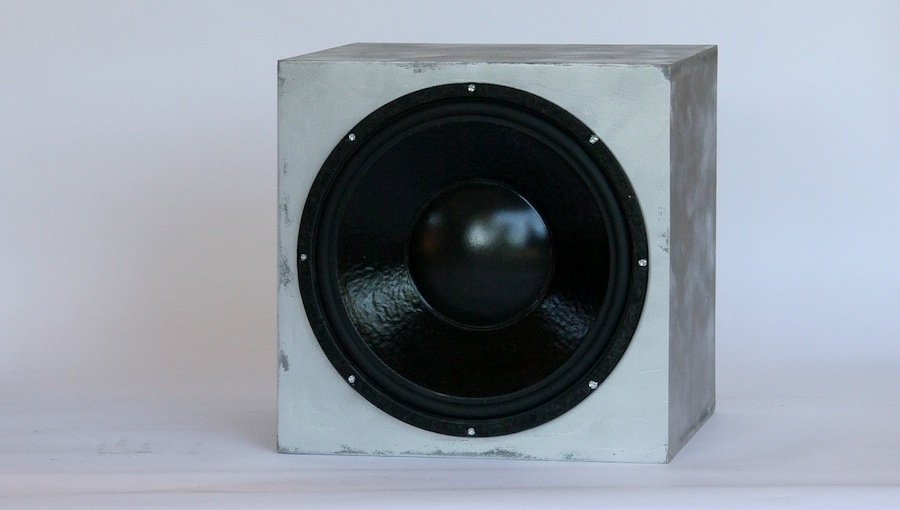Subwoofers: 4, 2, or 1? Page 5

BOTTOM LINE
So what’s a better buy: four Polk 8-inch subs, two JBL 12-inch subs, or one Velodyne 15-inch sub? I have no idea. Okay, how about four $299 Hsu Research STF-1 8-inchers, two $699 Hsu VTF-3 MK3 12-inchers, or a $1,299 Hsu ULS-15 15-incher? I still have no idea. With so many variables in subwoofer performance and listener taste, there’s no way to state definitively that any one option will work for you. But after a post-test talk with the panelists and some listening on my own, we did come to some broad conclusions.
Note that these statements are very general, and that they apply only to subs of conventional design and materials with amps of modest power — like the subs in my test. Models using high-excursion drivers and high-powered digital or tracking amplifiers, such as the minisubs popularized by Sunfire, typically achieve greater and deeper output for their size than conventional subs can, so these suggestions don’t necessarily apply to them.
Enough tedious qualification — here are my tips:
1) If you go to the trouble of installing four subwoofers in the corners of your room, at least put in four 10- or 12-inchers. Four 8-inch subs are unlikely to muster the low-end power most enthusiasts want.
2) For a single listener, or a listener who is willing to hog the sweet spot and doesn’t care what fellow listeners hear, a single 14- or 15-inch (or maybe even 18-inch) subwoofer, positioned perfectly and preferably tweaked with an equalizer, is the safest and most affordable choice choice to deliver a thrilling experience and a satisfying bottom end.
3) Two 12-inch subs (or 14s or 15s, if you can afford them) in the front corners of the room is a damn good compromise for lots of situations. S+V
- Log in or register to post comments






























































